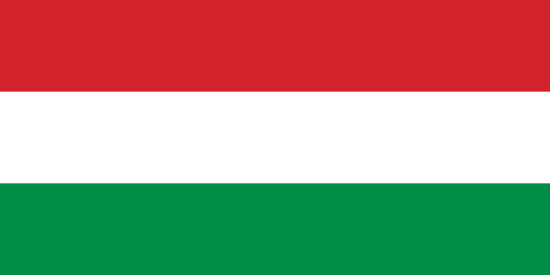"A világ legszebb városa | The world's most beautiful city"
About:
Budapest, the capital of Hungary, was established in 1873 through the unification of three cities: Buda, Pest, and Óbuda. Its history spans from Roman times to its role as a key city in the Austro-Hungarian Empire. Severely damaged in World War II, Budapest was then under Communist rule until 1989. Since then, it has embraced democratic reforms and has become a significant cultural, political, and economic center in Central Europe. Today, it's renowned for its architectural landmarks and thermal baths.
When to visit:
Budapest, the capital of Hungary, is a vibrant and picturesque city that can be enjoyed year-round. However, the best time to visit Budapest for a holiday is during the spring or autumn months. In spring, the city comes alive with blooming flowers and pleasant temperatures, making it ideal for exploring the historic sites and charming streets. Autumn offers a similar experience with milder weather and fewer crowds, allowing visitors to enjoy the city's cultural attractions and thermal baths in a more relaxed atmosphere. Ultimately, the choice of when to visit Budapest depends on personal preferences, but both spring and autumn provide wonderful opportunities to experience this enchanting city.
When to avoid:
The worst time to travel to Budapest on a holiday would typically be during the peak tourist season, which is from late June to early September. During this time, the city experiences high temperatures, large crowds, and inflated prices for accommodations and attractions. Additionally, popular sites such as the Buda Castle, Fisherman's Bastion, and Parliament Building can be overcrowded, making it difficult to fully enjoy the experience. To avoid the crowds and high prices, it is recommended to visit Budapest during the shoulder seasons of spring (April to May) or fall (September to October).
Winter (Dec-Feb)
Winter in Budapest, typically from December to February, is the coldest portion of the year. Average temperatures range from -2°C to 4°C, often dipping below freezing at night. Snowfall is common but usually light, adding a magical touch to the cityscape. Rainfall is minimal, averaging around 30-40mm per month. Days are short, with sunlight lasting only for 2-3 hours. The city is often overcast, lending a moody atmosphere. An average day for a visitor would involve bracing the cold, exploring the city's indoor attractions, and enjoying thermal baths.
Summer (June-August)
In Budapest, the warmest part of the year is typically from June to August, known as the summer season. During this time, the average high temperatures range from 24°C to 28°C (75°F to 82°F), while the average low temperatures range from 14°C to 16°C (57°F to 61°F).
The summer months also see a fair amount of rainfall, with July being the wettest month of the year, recording an average of 63mm of rain. Despite this, there are plenty of sunny days, with an average of 8 to 10 hours of sunshine per day.
Humidity levels in Budapest during the summer are relatively moderate, typically hovering around 60%. This makes the heat feel more comfortable compared to more humid destinations.
As for cloudiness, summer days in Budapest are generally clear or partly cloudy, with more cloud cover in the late afternoons during peak heat and potential rain showers.
A typical day for a visitor in Budapest during the warmest part of the year would likely start off cool and crisp in the morning, gradually warming up towards the afternoon. The heat during mid-day can get quite intense, especially in open areas, but the moderate humidity levels make it bearable. Afternoon showers are common, so it's wise to carry an umbrella or raincoat. Evenings are pleasantly warm, perfect for leisurely walks along the Danube River or outdoor dining.
Language:
Hungarian is the official and predominant language spoken in Budapest, Hungary. It is the mother tongue of approximately 98% of the population. However, due to the city's cosmopolitan nature, English and German are also widely spoken, particularly in the tourism and hospitality sectors. Other languages like French, Italian, and Spanish can also be heard.




